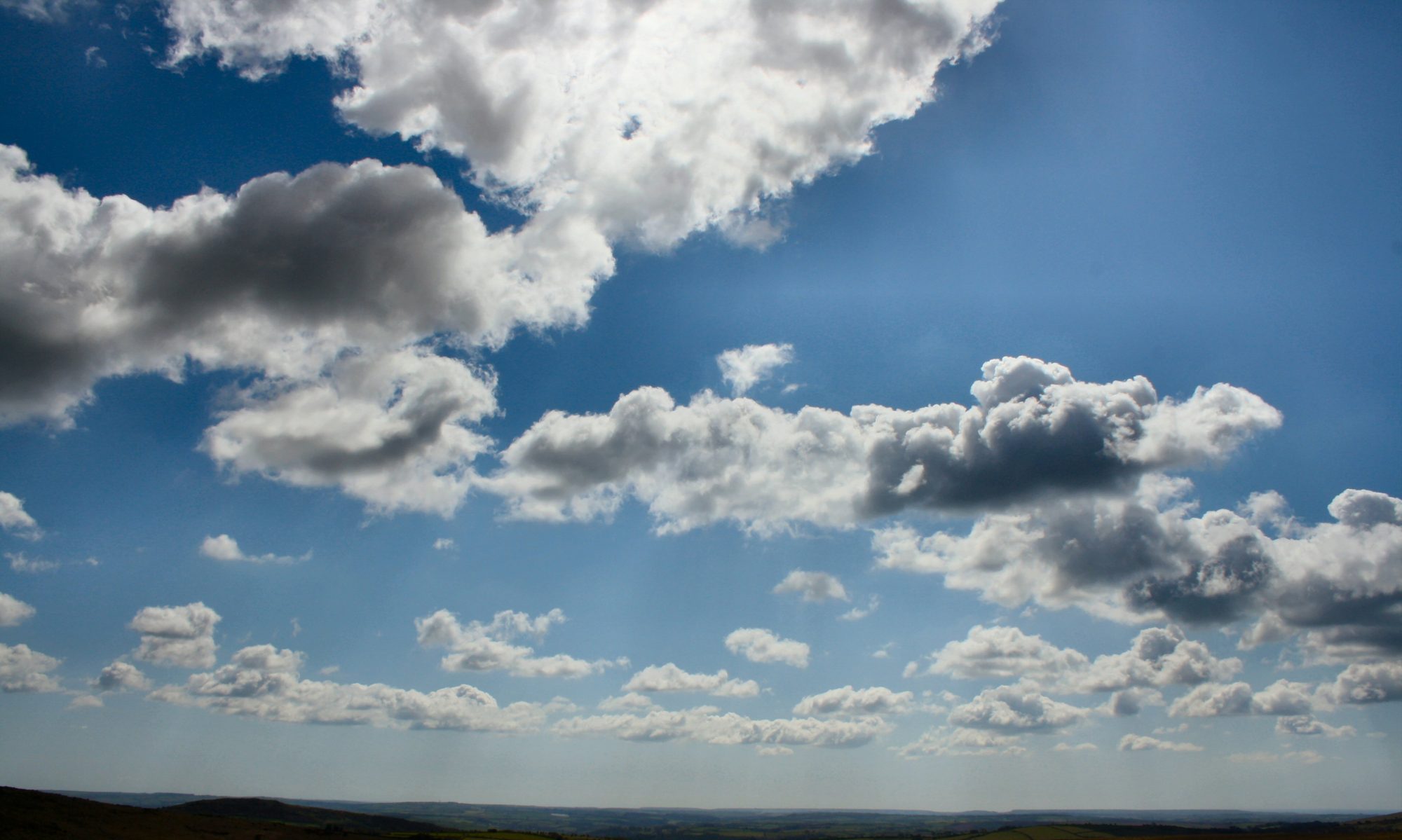 Many of you will already know that we are managing the Bridford verges – those up Pound Lane and near Butts Close- for wildflowers and we are happy to report that the Parish Council has given the go ahead for another year of managing them this way. This means that the verges are left to grow from January until the plants drop their seed in August/ September, bar a 1.5 metre path by the road for access and visibility.
Many of you will already know that we are managing the Bridford verges – those up Pound Lane and near Butts Close- for wildflowers and we are happy to report that the Parish Council has given the go ahead for another year of managing them this way. This means that the verges are left to grow from January until the plants drop their seed in August/ September, bar a 1.5 metre path by the road for access and visibility.
We have sown the area with yellow rattle seed, which parasites on grass and allows wildflowers the space to grow. Over a few years you will see that the grasses lessen and wildflowers increase and there is a maintenance plan to help this along, which includes:
- Mowing in late summer/ autumn and taking away the grass (with thanks to Graham Dicker) – taking away the grass is vital so that this is not allowed to over fertilise the ground, as wildflowers like nutrient poor soil. The paths are regularly mown with cuttings taken away.
- Weeding out docks and nettles in the early summer. Although these plants have their benefits for wildlife, they could take over in this case, so need to be pulled out/ cut so they are not allowed to seed. You may see us out doing this in May/ June.
- Ensuring that dog faeces are picked up – again these can over fertilise the ground and we appreciate you picking up any of your dog faeces and using the bins in the village provided.
- The grass on the Butts Close verge is still growing through strongly, which is partly due to the ground being very fertile. This year the Wildlife Wardens have put some wildflower plugs including yarrow, oxeye daisy and knapweed to help this area along a bit. These should make the verge more visually appealing.
You may ask why we are doing this? Wildflowers are vital to a healthy ecosystem, supporting insects, birds and small mammals. Meadows of wildflowers used to be part of traditional farming, but 97% of these have been lost since the 1930s (including throughout the countryside) and this has had a significant impact on the species dependent on them. The UK is in the bottom 10% of nations for biodiversity and though there are many factors, the loss of this habitat is one of them. We can all help combat this, and areas such as the Bridford verges link up through the wider landscape with nature friendly farm margins, gardens and parks etc to become a corridor for wildlife. This biodiversity is not just vital for itself, but vital for society, as it has wide ranging effects on food production and human health, both mental and physical. Having seen the swallows turn up again in the last few weeks, I am also glad that these verges and similar areas are supplying a bounty of flying insects for them after their long journey.
If you have any comments or suggestions for other ideas that would help wildlife in the area, please do let us know at wildlifewarden@bridfordvillage.co.uk









